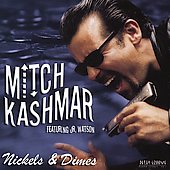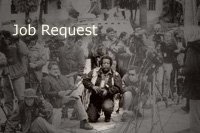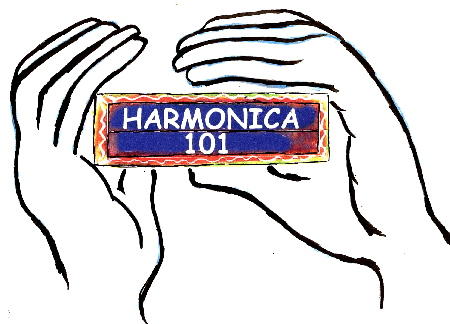"sonny boy..sonny boy yo da king of the blues"


http://www.furious.com/perfect/sonnyboy.html
http://www.island.net/~blues/sonny_bo.html
Born Dec 5, 1899, lower Tallahatchie County near Glendora, MS, Died May 25, 1965, Helena, AK.
He claimed to fans and blues researchers that he was the original Sonny Boy (John Lee Williamson) who came from Jackson, Tennessee and recorded for Bluebird and later RCA Victor until his untimely death at the hands of an assailant on a Chicago street in the late 1940's.
But according to his sister, Mary Ashford of Tutwiler, his real name was Alex "Rice" Miller.
"He was born a Miller and his father's name was Miller" she says of her musician brother who died in the 1960's in Helena. "He was born a Miller on the Sara Jones Plantation near Glendora. He had some brothers but they are all dead. He had two sisters; me and Julie Barner. She lives in Tutwiler today."
Ms. Ashford says Sonny Boy II "took it up (harmonica and music) himself. He didn't have no teacher at all. His real name was Alex Miller; we all called him "Rice." We give him that name when he was a baby. We called him that. He didn't like being called Rice but that's what we started calling him."
"We children named him that (Rice) and other people growing up 'round us called him that too" Ms. Ashford says. "He wasn't named no Willie at all" referring to a name some blues authorities thought was his real first name.
By the early 1930's Rice Miller was roaming from place to place playing music. "He was off from here (the Delta) in 1933 when daddy died," she says. "It was a year or so before we ever saw him. We couldn't get up no way with him or know where he was when daddy passed."
But Rice Miller's playing didn't bother his father: "Daddy didn't care if he played music or not," unlike Robert Johnson's stepfather Dusty Saunders who reportedly whipped Robert for not working in the cottonfields." But no one else in the family didn't blow no harp at all. All he played was just that old harp (harmonica)."
By his teenage years, Alex was singing the blues with his harp accompaniment. "He did sing church songs sometimes but I never heard him preach. I never knew him to drink much when he was young and live out near Shell Mound" (a community in Tallahatchie County near Glendora.)
"He married quite young; he and his wife seperated. Her name was Marget. He didn't have no children by that woman."
Ms. Ashford shunned blues music and the blues. "He'd come to where I was living (the town) and I would hear about it, but I wouldn't go and see him none. I don't care for the blues."
Sonny Boy (Rice Miller) died in 1965. He made one last trip to England in the mid 1960's where he told blues researchers he was the real Sonny Boy Williamson, a facade he carried on for more than 20 years.
"When he left he wouldn't tell where he was going; he'd just leave," according to Ms. Ashford who was a sister to one of blues legendary figures.
Note: This interview with Ms. Ashford was held in 1972 at Tutwiler Mississippi. Julia Barner, 95, and Mary ashford, 89, died in a fire in Tutwiler, MS on October 11, 1995 as reported in Living Blues magazine.
Copyright 1996, Gayle Dean Wardlow
Other writings by Gayle Dean Wardlow:











